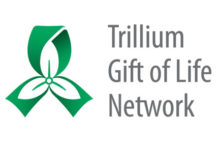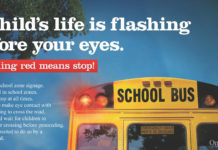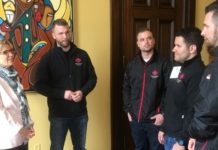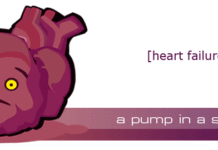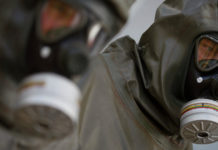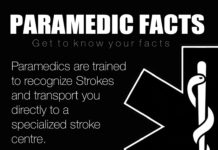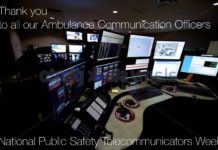There is no questioning that social media is integrated in to our day to lives. What needs to be answered is how can we harness the power of social media.
Social media offers paramedic and emergency services a unique opportunity. Social media has expanded at a profound rate and is now deeply routed in our modern culture. Facebook currently has 1.55 billion active monthly users, What’s App has 900 million monthly users, Instagram has 400 million monthly users and Twitter 320 million monthly users. The ability to reach the public in an instant has never been greater.
The ability to reach the masses needs to be a priority of every emergency service. In the event of a large incident social media can help control the scene and disseminate important information to the masses. During any large event there will be bystanders and those bystanders will be taking pics and videos and posting them online and through their social media channels.
The public will be seeing these pics and videos and reading the tweets and Facebook posts driving interest to the event and possibly even more bystanders to your scene. Just as importantly, and crucial in the aftermath of the event, if you are not there in on social media to act as the authority then the misinformation that is being circulated will become fact in the mind and perception of the public.
Facebook currently has 1.55 billion active monthly users!
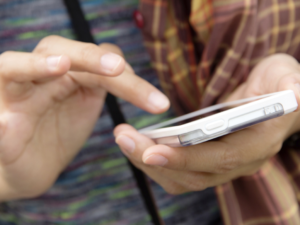 Having an official voice and presence on social media that keeps the public informed has a tremendous impact. The public today demands to know what is going on and thirsts for information. Your focus should be on ensuring that the public turns to you for that information so that they get accurate information, information that you control. If you are unable to release details then providing what information you can with the caveat that more information will follow as soon as it is available. This is referred to as Live Tweeting and paramedic and emergency services need to use it to their advantage.
Having an official voice and presence on social media that keeps the public informed has a tremendous impact. The public today demands to know what is going on and thirsts for information. Your focus should be on ensuring that the public turns to you for that information so that they get accurate information, information that you control. If you are unable to release details then providing what information you can with the caveat that more information will follow as soon as it is available. This is referred to as Live Tweeting and paramedic and emergency services need to use it to their advantage.
Providing the public with timely and accurate information prevents misinformation and speculation from spreading like wild fire and can deter spectators from descending on your scene. These updates can also be used as leverage to encourage the spectators that are already there to leave as they don’t have to worry about missing out on any of the happenings.
Make sure to follow through on your promise to update. You will have worked hard to establish trust and position yourself as the authority so don’t undermine it by not updating the public. If you do not have a media officer it may be good practice to establish a media officer or even a social media officer.
Turn to social media and keep the public current on what’s happening. This becomes important as speculation will undoubtedly be made until you release an official announcement and timely updates can quell the mistruths and stop misinformation from taking a foot hold. It is easier to quash the misinformation before it spins itself out of control than it is to turn to the media later on trying to dispel any misinformation after the fact.
Harness the power of a social network
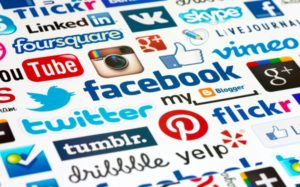 In order for your voice to be heard you need to have a strong social network and a prominent social presence. A large scale emergency may be taking place and you may have important evacuation information that could save countless lives but if no one knows who you are or where to look for your messages then what good are your words?
In order for your voice to be heard you need to have a strong social network and a prominent social presence. A large scale emergency may be taking place and you may have important evacuation information that could save countless lives but if no one knows who you are or where to look for your messages then what good are your words?
The key to making this work for you is presence. You must establish a social presence by actually being present online. You need to engage the public and the citizens on a day to day basis and not just in a time of emergency. The public needs to know who you are and come to trust and rely on your information, that way when you need to impart critical information it is your voice that is heard and not the others that may be chiming in with their opinions.
Social Media
It is important that people look at your public messages as accurate and at you as the authority. This is accomplished by engaging the public. The public has an interest in you and your operations so let them in. Exposing the public to some of your day to day operations (glimpse of training, calls, safety information etc.) with properly timed posts and tweets can educate the public as to not only the importance of paramedic and emergency services but to some of the challenges that are faced on a day to day basis.
In the event of a larger scale emergency where you need to control the flow of information you will have already laid some of the ground work. The public who has been engaged with you prior to an event will have a better understanding of what you are facing and what you are trying to accomplish. Because they see you as the authority and respect your messaging they will be more likely to look for your announcements and follow your instructions.
The public has the potential to be tremendously helpful in these times. For every person that reads and retweets or reposts your message your exposure multiplies exponentially. Conversely, the public has just as much power to be disruptive in advancing misinformation which is why it is important that it is your message that they decide to circulate. This allows your voice to be amplified and allows your message to be heard as it could not have been before.
Establishing your social media presence
Create a plan
The first step in establishing a strong social media presence is to have a plan. You need to clearly define what it is that you expect from your social media presence and map out the steps that you are going to take to get there. You will need to clearly define yourself as the paramedic or emergency service provider. You will need to plan on what information you would like to use to engage the public and when it will be released and by whom.
You will need to designate someone who is adept in social media to act on your behalf. Keeping up with the demands of social media can be taxing and these duties would be best served by more than one individual. You can grant access to more than one person to your social media accounts.
Create your identity
You will need to use clear and professional logos and captivating images for your profile. Make sure to use official logos that are recognizable. You want to stand out as the official service and you don’t want to be changing your image. You need to make sure that your profile draws attention while reflecting your values and core message.
When choosing a profile name or handle you need to look at all the platforms (Facebook, Twitter, Instagram, LinkedIn, etc.) that you plan on using and choosing a profile name that can be used across all these platforms. A consistent profile name will make you easier to remember and identify and make it easier for new followers to find you.
The @ symbol (e.g. @OntarioMedic) is used to reflect one’s profile name or handle. This is the name that is used to identify you online and is unique just to you. Make sure that the profile name you select is indicative of who you are and that it won’t be confused with someone else. This will take a bit of research on your part but it’s importance cannot be stressed enough.
Twitter uses this symbol before the name and if you use that symbol on Facebook you can tag other that particular user in your message. When a user is tagged in a message they receive notification that they have been mentioned in your tweet or post. This can work in your favour as this person is now inclined to engage with you and repost or retweet your message.
You will need to select an image as your Facebook timeline image or your Twitter header image. It is important that this image you select is high definition and original. These images offer you a unique branding opportunity and these images can be changed to coincide with public awareness campaigns and initiatives. Ideally you will create your own image but in the absence of that make sure that the picture that is used is unique and has not been used or seen elsewhere. If you download a picture from Google images it will apparent that is where it came from and will only undermine the validity of the identity you are trying to establish.
Having brief and informative profiles and descriptions as well as prominent contact information is important. You want the public to become followers and to do that they need to be engaged. Giving your followers the ability to contact you is important and it is critical that you respond and engage with them when you are contacted.
Learn the etiquette
Social Media has its own vernacular and its own set of rules and etiquette. In order to be successful and taken seriously you need to understand these rules and use social media to it’s full potential.
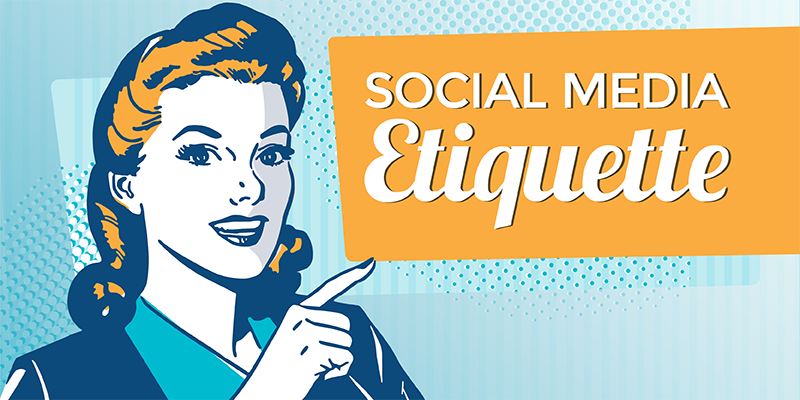 An important goal in your social media presence is to increase the number of people that will see your message and these are referred to as followers (Facebook also refers to these as Friends). The more followers that you have, the more people will listen to what you have to say and the more people will spread your message through their social network. This is where social media shows its profound reach.
An important goal in your social media presence is to increase the number of people that will see your message and these are referred to as followers (Facebook also refers to these as Friends). The more followers that you have, the more people will listen to what you have to say and the more people will spread your message through their social network. This is where social media shows its profound reach.
If you have 2,000 followers and release a message or announcement then you have reached 2,000 people. If each of those people had 500 followers and were to rebroadcast your message just once then your message will have been seen 1 Million times in the matter of moments. This is just the first level as each of those one million people also have the opportunity to rebroadcast your message to their 500 followers and now your message has been seen 500 million times. This process can go on and on and when it gains traction it will be rebroadcast over and over (if it is done via Twitter it is referred to as a retweet and via Facebook it is referred to as a share). When this happens your message is said to have gone viral. Unlike the name suggests, in the context of social media a “viral” message is a very good thing.
Your messages will appear in your followers’ timelines and news feeds. When your followers log in to their Facebook or Twitter accounts and scroll through recent posts they see all the messages posted by all the people they follow. Here lies a catch 22. You want your messages to be viewed by people that are active in social media and likely to share your information with their network. These people will have extensive social networks of their own, which is exactly what you want for when they share your message, however, that also means that when they check their timelines and news feeds they will have a lot of posts and messages from the other people that they follow. You don’t want your message to get lost in all this noise. You want your message to stand out. Make sure to use attention grabbing phrases and pictures, graphics or videos.
Do not spam your followers with irrelevant information. If you do not have anything of value to contribute then you are best to remain silent. While you want to be seen and heard by your followers, providing irrelevant and useless information is a sure fire way to get yourself blocked or ignored.
You can see how important it is that your message be the message that is heard. Damage control from a misplaced message from an unreliable source that is unchallenged or uncorrected and goes viral can be very difficult to deal with after an event and can irreparably damage your reputation.
It takes years to build a reputation and only moments to lose it.
It was not long ago that it was referred to as a pound sign but now it is referred to as a hashtag. When the # symbol precedes a word or a phrase (without spacing) it is referred to as a hashtag. A hashtag is used to create a set of keywords that are searchable through online and can be used to help identify and even engage your followers. This is how people that don’t follow you will find you (and hopefully become new followers).
When starting down this road though it is key that you try not use more than 3 hashtags in any message. Without getting complicated, too many hashtags will hurt your searchabilty.
Engage the public
It is imperative that you engage and interact with your followers and the public outside or pure necessity. This is how you will strengthen your relationship with your followers and increase the number of followers that you have. Remember that the more followers you have, the louder your voice. You can now tailor your messages to your readers and affords you the opportunity to propagate your public awareness messages and campaigns.
In the absence of an official announcement consider engaging your followers with a glimpse of your daily operations. Paramedic and emergency services can use this opportunity to be the first to release information about events that will be covered by the media (and to shape or control information and its flow) or you can use this opportunity to draw attention to other issues.
For example, on a day where there is freezing rain, you can release a tweet and post to Facebook the details of a collision (that of course do not violate PHIPPA): “Two car MVC at Elm & First. Both drivers transported with minor injuries. #drivesafe #FreezingRain”, and don’t forget to include a photo if possible.
Including a picture will increase your views by 35%.
Release relevant information consistently and in a timely manner. Don’t release information about your service after it has become general knowledge, you need to be the one making the announcement and the release. This is also the perfect opportunity to release public service announcements. The public can help get important messages and statements out there are strengthen your message for awareness campaigns.
It is important to time your messages. The general public is most active in social media during week days in the early and late morning and in the afternoon. The late afternoon (4pm -7pm) and weekends garner the lowest readership of all. Not only do you need to tailor your messages for your intended audience, you need to know when to best reach them. A tweet or post that is sent to early or too late gets buried in your follower’s timeline and never reaches your target audience.
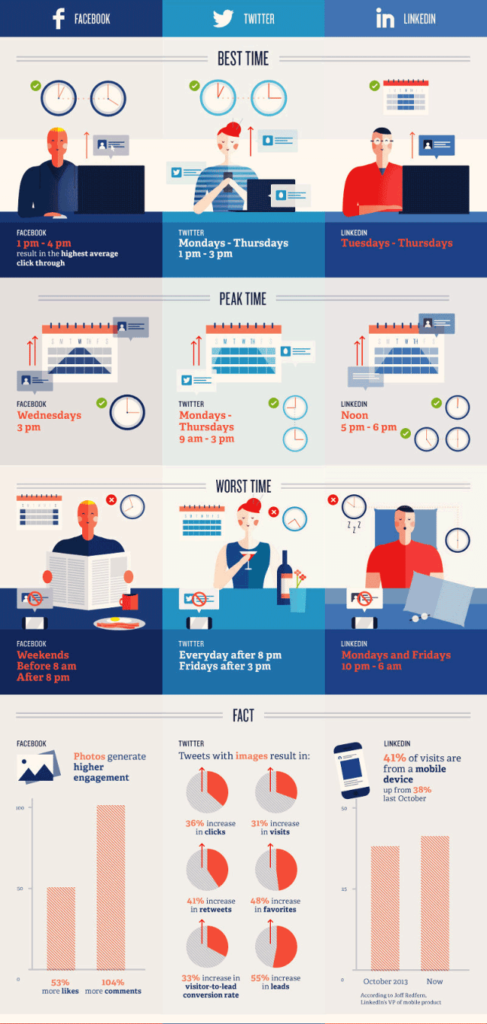
With great power comes great responsibility
Paramedic and emergency services now have to ensure that they deliver poignant and accurate information. Your voice and message has the potential to be taken as gospel and once its on the internet it cannot be retrieved. You can delete or edit a Facebook post or delete a Tweet but your message can have already been read by hundreds or thousands of people. Countless posts and tweets have been circulated via screenshots long after the originator has tried to delete them. Make sure you can stand behind what you release on social media.
When you are engaging the public be consistent and informative. Provide the public with important information and make sure to do so several times a day. It is good practice to develop a schedule of when you release particular information. Your followers will come to expect and rely on that information being released (this is the type of release that would benefit from a well crafted hashtag).
Social media in action
Recently city police forces across Ontario have used the hashtag #dontinviteus2yourparty for New Year’s eve and St. Patrick’s Day to proactively prevent public intoxication and reduce the strain on emergency services that follow. The idea of this campaign was for a few select police officers to use social media to announce where they were and where they were headed throughout the day and to highlight and misdoings that they had already stopped. This was done with frequent posts and tweets under the hashtag “#dontinviteus2yourparty”. The message was have fun and be responsible as you don’t want to invite police to your party (because they will shut it down).
This campaign was incredibly successful and proved to deter countless infractions and lighten the load on all emergency services. While it is impossible to tell exactly how many infractions and what disasters this campaign prevented, as they never came to fruition, anecdotal evidence based on previous years shows a drastic decrease in calls and a significantly reduced strain on emergency services.
If you were planning on attending the Talbot St #wristbandparty , they’re out of kegs. #dontinviteus2urparty #ldnont 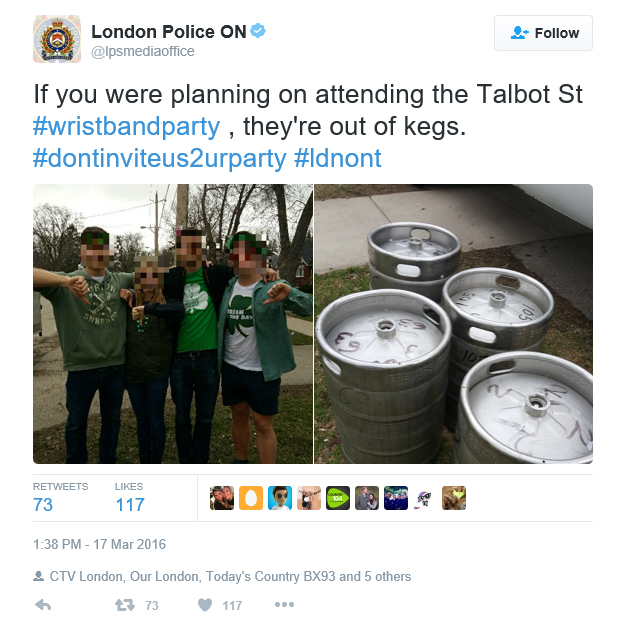 — London Police ON (@lpsmediaoffice) March 17, 2016
— London Police ON (@lpsmediaoffice) March 17, 2016
Social media turned inward
Social media need not only be directed to the public, it also provides a powerful platform to communicate with your employees. The chances are that your employees already use social media, you need to be able to interact with them on the same platform.
In large services it is difficult to interact with all employees on a regular basis and with the nature of shift work this difficulty is compounded. Employees can often feel ignored or forgotten. Social media offers you an effective platform to communicate effectively with your staff and ensure that they remain engaged and invested in their service.
You must also have clear and concise policies in place as to the appropriate use of social media in the work place. Ignoring social media or trying to exclude it in its entirety may prove impossible. Rather than banning it completely, you need to make it very clear what communications are deemed acceptable and what communications will not be tolerated and what the repercussions are for policy violations.
Going forward
Social media is a living entity and is constantly changing. It is important to stay apprised of the nuances and any changes so that you can adapt and stay on the edge of emerging trends in social media. You need to make sure that you control social media and that it does not control you.


